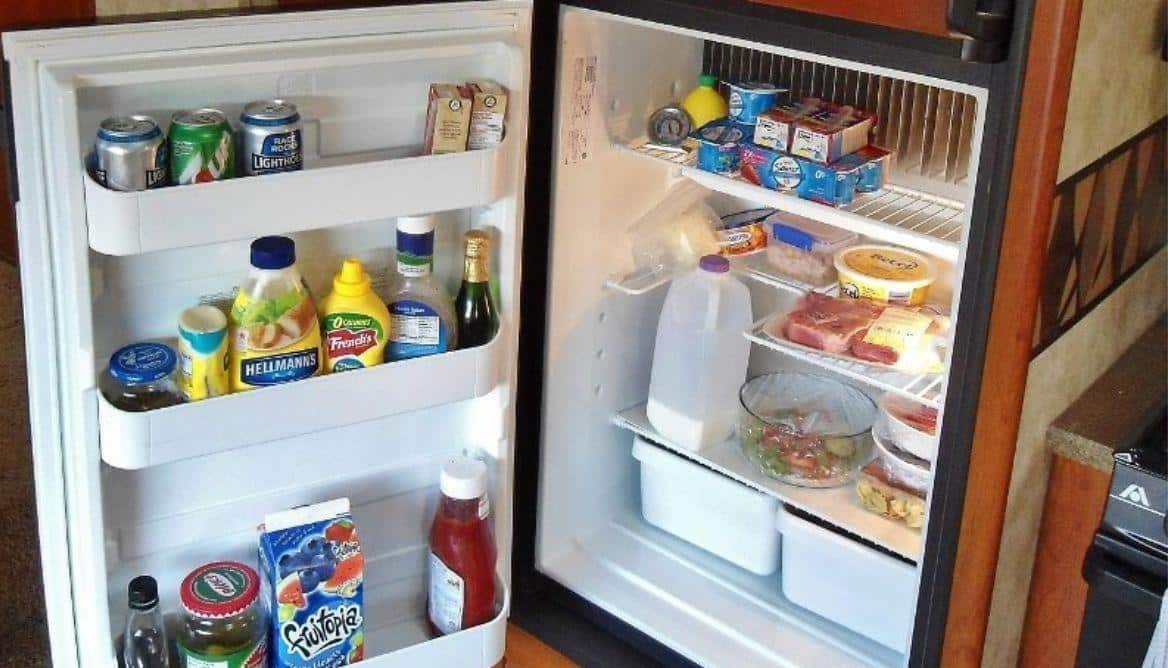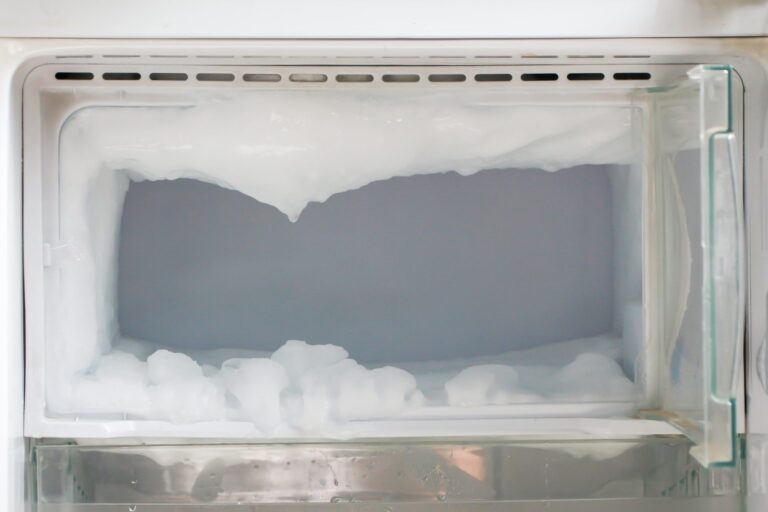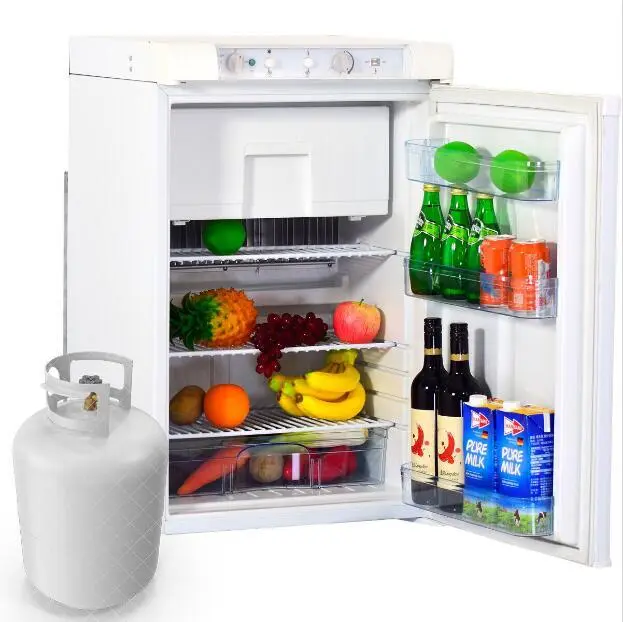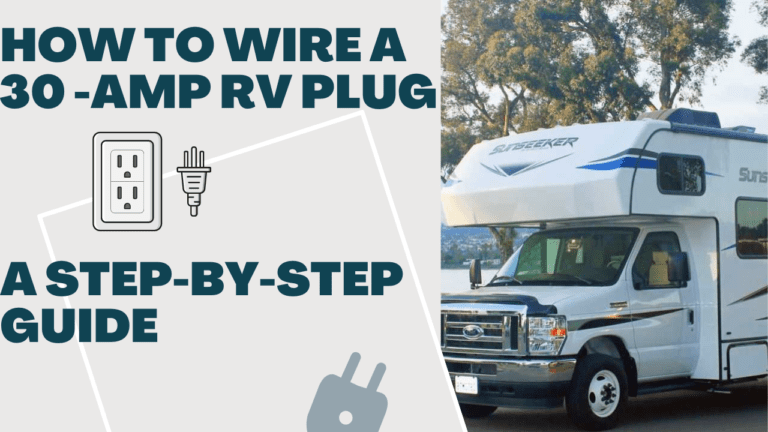How to Keep RV Refrigerator Door Closed While Traveling
Knowing how to keep RV refrigerator door closed while traveling is of utmost importance for any RV traveler. Not only does it ensure the freshness and longevity of your food items, but it also plays a crucial role in maintaining food safety during your travels.
An open refrigerator door can lead to various risks and consequences that can disrupt your journey and compromise the well-being of both you and your RV.
The primary concern is the spoilage of perishable items, which not only results in wasted food but also poses potential health hazards. Additionally, an open door can cause items to shift and fall, creating a mess inside the refrigerator and potentially damaging the contents.
By understanding the significance of a securely closed RV refrigerator door, you can take proactive measures to avoid these risks and enjoy a worry-free journey on the road.
How to Keep Your RV Refrigerator Door Closed While Traveling – Tools Needed
A. Check and maintain the door seal:
- Inspecting the gasket for wear and tear: Regularly examine the door seal or gasket of your RV refrigerator for any signs of wear, tears, or damage. If you notice any issues, consider replacing the gasket to ensure a proper seal.
- Cleaning the gasket for improved adhesion: Clean the gasket with a mild detergent and warm water, removing any dirt, debris, or food particles. Wipe it dry and apply a thin layer of silicone-based lubricant to enhance its adhesion and flexibility.
B. Utilize RV refrigerator door locks:
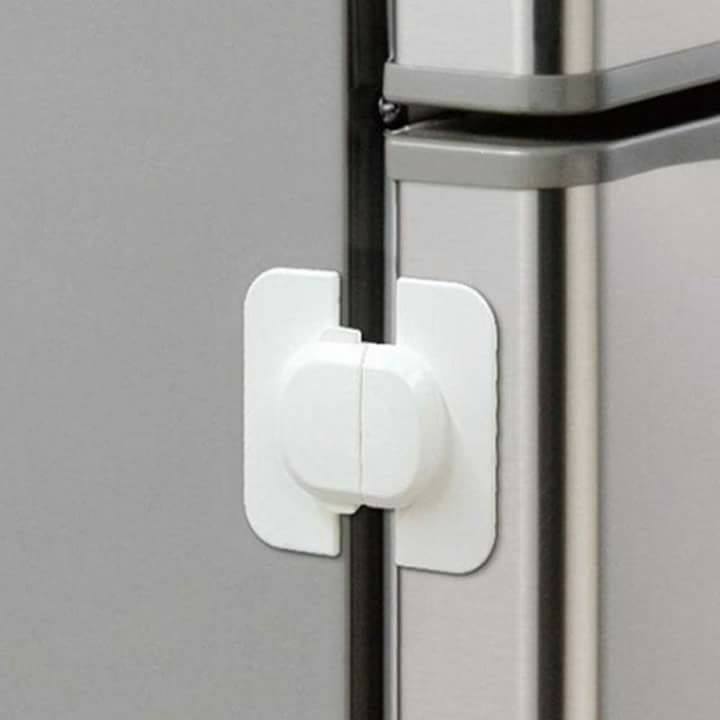

- Different types of locks available in the market: Explore various RV refrigerator door locks designed to keep the door securely closed during travel. Options include latch-style locks, strap locks, and adhesive locks. Research and choose a lock that is compatible with your refrigerator model and suits your needs.
- Installation and usage guidelines: Follow the manufacturer’s instructions for installing and using the chosen lock. Ensure it is properly aligned and securely attached to the refrigerator door. Familiarize yourself with the lock’s operation, including how to engage and disengage it when accessing the refrigerator.
C. Implement additional securing methods:
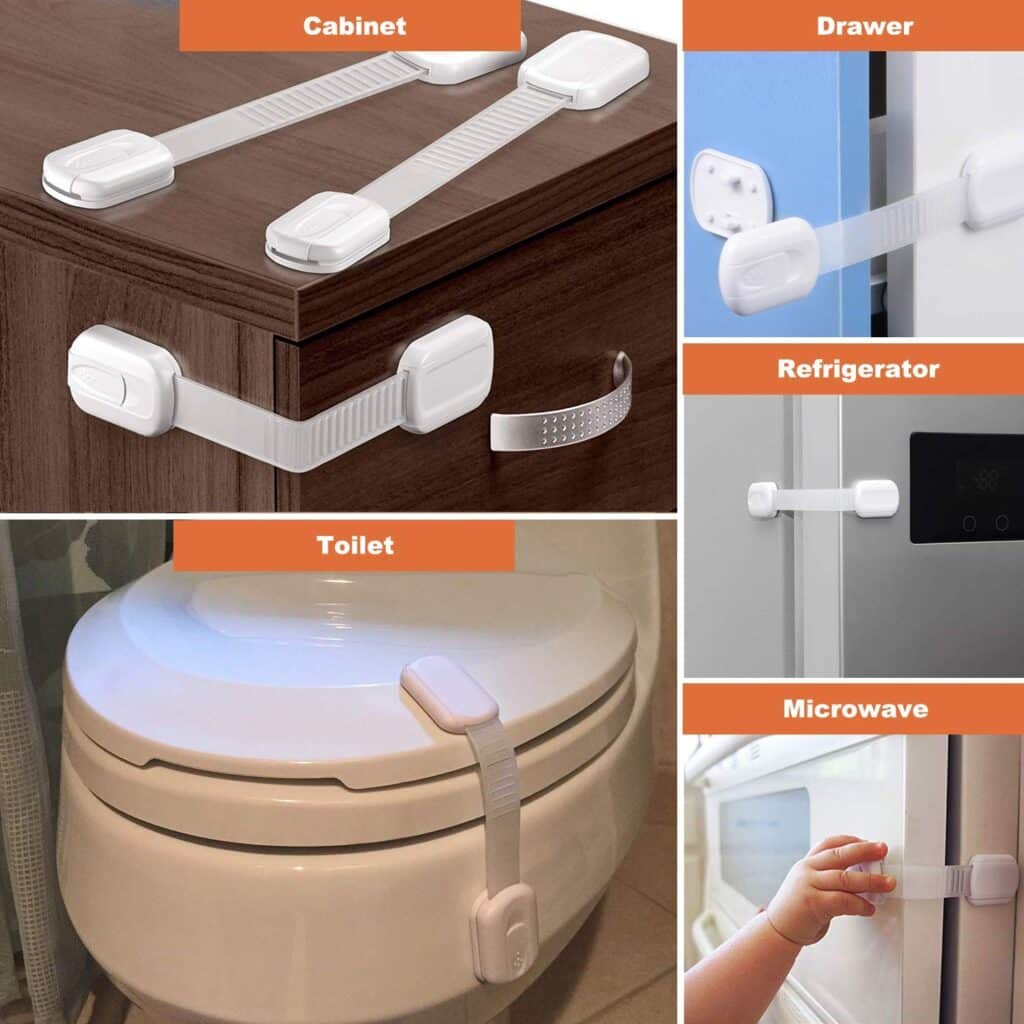

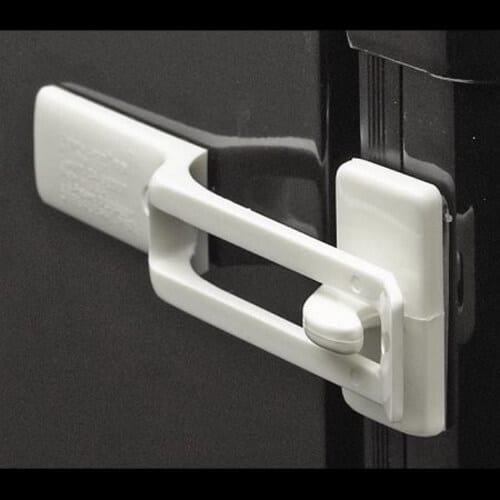
- Bungee cords or straps: Use adjustable bungee cords or straps to hold the refrigerator door closed. Attach one end to a sturdy anchor point on the RV interior and loop it around the door handle or through the door hinges. Adjust the tension to keep the door securely shut, but be cautious not to exert excessive force that may damage the door.
- Tension rods: Place a tension rod horizontally across the front of the refrigerator shelves. Adjust the rod’s length to create gentle pressure against the items stored within, helping to prevent the door from swinging open.
- Fridge door latches: Install aftermarket refrigerator door latches designed specifically for RVs. These latches provide an additional layer of security by firmly holding the door closed. Follow the manufacturer’s instructions for proper installation and usage.
Preparing Your RV Refrigerator for Travel
A. Organizing and securing items inside the refrigerator:
- Before hitting the road, it is crucial to organize and secure the items inside your RV refrigerator.
- Start by removing any expired or spoiled food items to prevent any unpleasant odors or potential contamination.
- Group similar items together and use storage containers or bins to keep them organized and easily accessible.
- Consider using refrigerator-safe storage solutions like stackable containers or fridge organizers to maximize space and minimize movement during transit.
- Secure loose items by placing them in designated compartments or using non-slip liners to prevent shifting or falling while driving.
B. Ensuring proper temperature settings before departure:
- To ensure optimal performance and food preservation, it is essential to set the correct temperature for your RV refrigerator before you begin your journey.
- Consult your refrigerator’s user manual for specific temperature recommendations, but generally, the refrigerator compartment should be set between 34°F and 40°F (1°C and 4°C), while the freezer compartment should be set between 0°F and 5°F (-18°C and -15°C).
- Use a refrigerator thermometer to verify and monitor the temperature accurately. It’s also important to allow the refrigerator to cool sufficiently before loading it with perishable items.
- Pre-cool the refrigerator by turning it on at least 24 hours before departure, ensuring it reaches the desired temperature and stabilizes before placing food inside.
- Taking these simple steps will help maintain food freshness and prevent any temperature-related issues during your RV travels.
Understanding the RV Refrigerator Door Mechanism
To effectively address the challenges of keeping the RV refrigerator door closed, it’s important to understand its key components.
The door typically consists of a door frame, hinges, a door seal (also known as a gasket), and a latch or locking mechanism.
The door seal is a crucial element as it creates an airtight seal when the door is closed, preventing cold air from escaping and warm air from entering.
The hinges allow the door to swing open and close smoothly, while the latch or lock ensures the door remains securely shut during travel.
Common challenges associated with keeping the door closed:
Despite the importance of a properly functioning refrigerator door, there are common challenges that RV owners may encounter.
One challenge is wear and tear on the door seal, which can lead to gaps or deterioration, compromising the effectiveness of the seal. This can result in air leakage and difficulty in keeping the door closed securely.
Misalignment of the door or sagging hinges can also affect the door’s closure, making it prone to popping open during travel.
Additionally, issues with the latch or lock mechanism, such as worn-out or faulty parts, can make it difficult to ensure the door remains closed while on the move.
What are some common signs of wear and tear on the RV refrigerator door seal?
Common signs of wear and tear on the RV refrigerator door seal include:
- Visible cracks or tears: Inspect the door seal carefully for any visible cracks or tears. These can occur over time due to age, frequent use, or exposure to harsh conditions. Cracks or tears can compromise the seal’s effectiveness and lead to air leakage.
- Hardening or brittleness: As the door seal ages, it may become hardened or brittle. This can make it less flexible and less able to create a tight seal when the door is closed. Pressing on the seal gently can help determine if it has become stiff or rigid.
- Loose or sagging seal: The door seal should fit snugly
Keeping the RV refrigerator door closed not only addresses convenience but also plays a vital role in ensuring food safety and providing peace of mind during your travels. A securely closed door maintains the proper temperature inside the refrigerator, preserving the freshness and quality of your food items. By preventing spoilage and contamination, you can enjoy healthy and safe meals while on the road.
By implementing these measures, you can confidently embark on your RV adventures, knowing that your food remains secure and your journey is worry-free.

